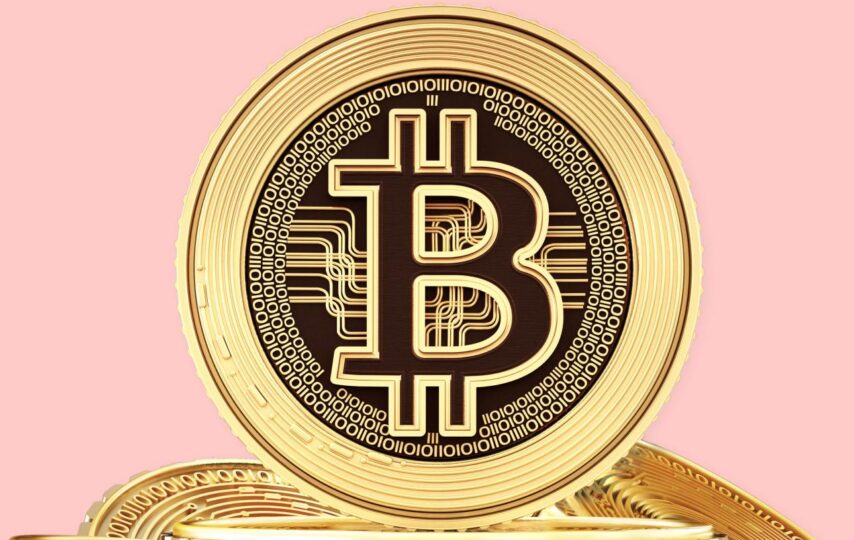The past decade has witnessed a paradigm shift in the technological landscape. The world has gradually evolved from centralized systems, controlled by a few entities, to decentralized systems, which are run by a distributed network. This decentralization, marked chiefly by blockchain technology, has redefined trust and has presented a new approach to data management and transactions. In this era of technological transformation, it’s important to explore innovative solutions like the immediategp.org that embrace these principles.
Bitcoin: The Pioneer of Blockchain and Cryptocurrencies
Bitcoin, often dubbed as ‘Digital Gold,’ emerged in 2008 as a response to the financial crisis. Created by the pseudonymous entity, Satoshi Nakamoto, Bitcoin’s primary promise was to serve as a peer-to-peer electronic cash system, eliminating intermediaries.
Key features of Bitcoin
- Decentralized: Operates without a central authority.
- Secure: Built on cryptographic principles, ensuring data integrity.
- Transparent: Every transaction is stored in a public ledger called the blockchain.
However, Bitcoin wasn’t without its shortcomings. Its primary function was to act as a digital currency, and while it pioneered the blockchain concept, its use case was somewhat limited in scope.
Ethereum: The Dawn of Smart Contracts
In 2015, a new player named Ethereum emerged. Founded by Vitalik Buterin and a team of developers, Ethereum extended the potential of blockchain through the invention of smart contracts. These are self-executing contracts where the terms of agreement or conditions are directly written into code lines.
Differentiators between Bitcoin and Ethereum
- Purpose: Bitcoin is digital money, while Ethereum is a platform for decentralized applications.
- Smart Contracts: Absent in Bitcoin, the crux of Ethereum.
- Supply: Bitcoin has a capped supply of 21 million, whereas Ethereum doesn’t have a maximum supply.
This distinction between the two illuminated the diversified potential of blockchain, pushing the technology beyond just digital currencies.
Beyond Currency: The Diverse Ecosystem of Tokens and Protocols
With Ethereum’s platform capabilities, tokens—representing a unit of value—became an innovative mode of crowdfunding for startups, especially during the Initial Coin Offering (ICO) boom of 2017.
Types of tokens
- Utility Tokens: Offers access to a product or service.
- Security Tokens: Represents ownership of an asset.
- Governance Tokens: Allows decision-making power in a network.
Each of these tokens presented a different facet of value transfer in the blockchain ecosystem.
The Graph (GRT): A Deep Dive into Indexing Protocols
One of the challenges faced by decentralized apps (DApps) was efficiently accessing blockchain data. That’s where The Graph came in. Launched in 2020, it helps developers query data from blockchains in a decentralized manner, acting as a Google for blockchains.
The GRT token serves as the native utility token of The Graph network, used for securing the protocol, ensuring data integrity, and incentivizing data provision.
Comparing Bitcoin, Ethereum, and GRT: Similarities, Differences, and Evolutionary Jumps
Introduced in 2009, Bitcoin pioneered as a digital currency offering decentralized peer-to-peer transactions. Ethereum, launched in 2015, broadened blockchain’s scope by introducing smart contracts and providing a platform for decentralized applications (DApps). Meanwhile, The Graph, a 2020 entrant, addressed the unique challenges of blockchain interaction by acting as an indexing protocol, streamlining data queries. From Bitcoin’s limited supply, capped at 21 million, to Ethereum’s innovative DApps and smart contracts, to The Graph’s unique data querying capabilities, the progression showcases the expanding capabilities and potential of blockchain technology in the ever-evolving decentralized landscape.
Challenges and Criticisms: Roadblocks in the Path of Decentralized Indexing Protocols
For all their potential, decentralized systems, including indexing protocols, face challenges:
- Technical issues: High transaction fees and slow processing times.
- Economic challenges: Uneven token distribution can centralize power.
- Regulatory: Lack of clear regulation and potential governmental crackdowns.
The Future of Indexing Protocols: Predictions and Potential
As the Web 3.0 horizon nears, indexing protocols like The Graph are anticipated to play a pivotal role in the seamless integration and interaction of DApps and other decentralized systems. This includes not just querying data but potentially integrating machine learning and AI into the decentralized web.
Practical Use-Cases: The Real-World Applications of GRT and Indexing Protocols
DApps, DeFi projects, and other blockchain platforms utilize The Graph for efficient data fetching. One notable use case is Uniswap, a decentralized exchange, which uses The Graph for analytics and historical price data.
Conclusion: Embracing the Next Generation of Decentralized Systems
From Bitcoin’s rudimentary concept of decentralized money to the sophisticated mechanisms of platforms like The Graph, the decentralized world has come a long way. As challenges are met and innovations continue, this realm holds unparalleled potential for a future where central control becomes an outdated concept. As enthusiasts, developers, or mere observers, the journey ahead is bound to be transformative.








